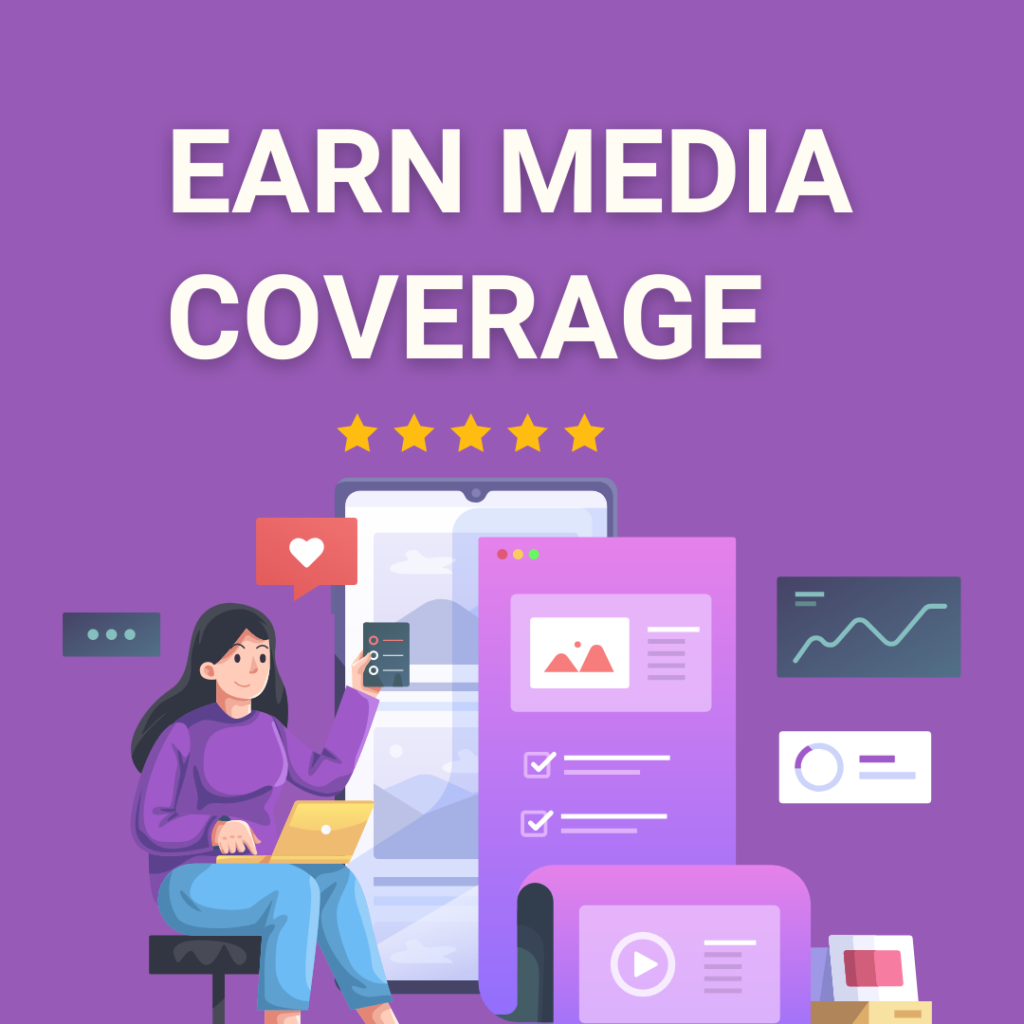
Any content marketer knows that traffic to your website is one of the core metrics you’re judged on. If you can’t drive traffic to your site, no one will know about the valuable resources you publish there, and you can’t build an audience of engaged readers or clients that are interested in your products or services.

Your website isn’t just an online brochure, but it still needs to be easy to read and navigate if you want your visitors to stick around. Once you know how to drive traffic to your website, you’ll make sure visitors can find the information they’re looking for quickly and easily, keep them engaged with relevant content and encourage them to return often. Here are 7 ways to drive more traffic to your website.
1). Write Killer Posts

Getting more traffic to your website is a worthy goal, but it’s just as important—if not more important—to make sure that you’re engaging and delighting your existing visitors. That means making sure that every piece of content you produce (and everything else you do) has an obvious purpose. When you focus on writing posts that clearly benefit your readers, they’ll be more likely to share them with others and return for more information. Just as with getting new visitors, that snowball effect can help drive loads of traffic over time.
Write content that’s more guilty pleasure than homework—in other words, try to make it easy for people to digest and enjoy your content. They’ll be more likely to return if they don’t feel stressed out or overwhelmed.
2). Leverage Social Media

Social media channels are buzzing with activity, giving you a quick and easy way to let people know about your website. Post useful content on Facebook, Twitter, and LinkedIn and link back to your site whenever possible. You may even decide to start an Instagram or Pinterest account if these services are part of your target audience’s habits.
If you’re just getting started with social media, focus on quality over quantity—get your feet wet by posting two or three times per week rather than bombarding feeds all day long. Don’t be afraid to engage with followers in an authentic way either; don’t worry if they respond negatively at first—they won’t remember later when they need what you have!
Be consistent. It’s easy to fall into a routine of posting only when you have something new, but social media should be treated like any other marketing activity: an integral part of your overall strategy that requires consistent effort and attention.
3). Submit Guest Posts

Is your website starting to gain traction? That’s great! You’ve worked hard and you should be proud of yourself. But how are you going to grow beyond that? Have you considered submitting guest posts? By giving other websites something valuable, they will have an incentive to share your post with their audience, getting your name in front of a new crowd.
And if done properly, writing a guest post for a high-traffic site can lead to some valuable links pointing back to your own website. To put it simply: If there’s something valuable on someone else’s site, there may be something valuable on yours too!
Before you start submitting guest posts, it’s a good idea to make a list of websites that are likely candidates for accepting your work. Sites like Huffington Post, Forbes, or Entrepreneur offer opportunities for guest posting; however don’t forget about smaller sites too.
4) Use Facebook Ads

Facebook ads allow you to target users based on a variety of factors, such as age, location, interests and behaviors. If your business is new or small, you can use Its conversion tracking system to measure results by comparing how many people have visited your site after seeing an ad versus how many saw one and didn’t convert.
Small businesses are often able to receive a discount when they advertise on Facebook because they don’t compete with larger brands that pay top dollar. You should aim for at least 1% of your page likes per week as part of your overall Facebook strategy. It’s also worth considering boosting posts that get good organic reach so that you can reach more customers without spending anything extra.
You can use Facebook’s own native tools for advertising, or you can turn to an agency for help setting up an ad strategy. There are also a number of third-party providers that allow you to build your own ads from scratch and then target relevant audiences with them. Both types of companies offer a range of features, with some offering more in-depth metrics on their results than others.
5). Go Live on Instagram

It’s no secret that social media is an incredible source of traffic. Take Facebook and Instagram, for example—in Q1 2018, these platforms drove a whopping 3.5 billion interactions with businesses, according to Sprout Social. That may not seem like much on its own but when you consider how many people use Facebook daily (nearly 2 billion), it’s clear that it’s a goldmine of potential customers.
And while you may already be posting content on these networks, there are some additional strategies worth trying to get even more eyeballs on your brand. One way is hosting live videos and ensuring your viewers tag their friends in posts during those videos for extra visibility and engagement.
6). Use Press Releases

Press releases are not just for big companies anymore. Small businesses can use press releases and media exposure to gain valuable exposure and attention for their products and services. Sending out a release gives your company an opportunity to get new customers, find leads, generate excitement about your product or service, market yourself as an expert in your field, increase brand awareness and visibility in a crowded space, reach prospects who aren’t familiar with you yet—and it costs very little money. All of these things can help you build a strong business foundation for your company!
Press releases can be distributed to hundreds, even thousands of media outlets. You don’t have to worry about your release going straight into spam or being thrown away by an editor—instead, it will be picked up and distributed by trusted news sources around your industry. It’s easy for you to reach more people with a press release than with other types of marketing communications—the trick is knowing where and how to get in touch with journalists who will take your message seriously!
7). Earn Media Coverage

Media outlets are always looking for new stories and love to cover startups that are doing interesting things. When one of these sites picks up your story, it can drive thousands of visitors in a matter of hours. If you need help finding media opportunities, reach out to a PR agency or use a service like HARO (Help A Reporter Out).
Don’t be afraid of contacting reporters directly either—if they’re interested in your story, they won’t mind answering a few questions over email. Another way to gain free coverage is by guest posting on other blogs in your industry—your post will earn organic links back to your site and get you exposure on another site. You can also use Twitter tools like Mention and Twtrland to find relevant media people.
Another strategy you can use is offering an incentive to readers. This could be as simple as a giveaway or something more elaborate like an instant coupon code. Just make sure you keep your incentives relevant and easy enough for anyone to take advantage of, otherwise, they won’t do much for your brand.